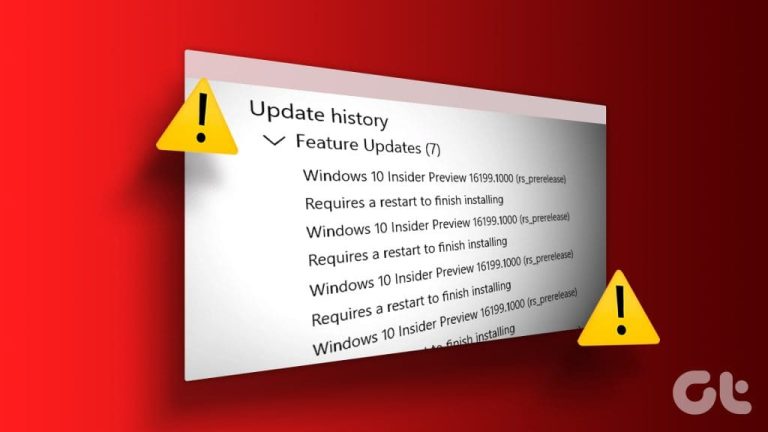JSON example
{
"Computername": "abc",
"Postype": "ABCDE"
}
Invoke-WebRequest
# Using Invoke-WebRequest to make a GET request
$response = Invoke-WebRequest -Uri 'http://localhost:8080/GetName?macadress=aabbccddeeffgg' -Method Get
# Display the type of object returned
Write-Host "Response type:" $response.GetType().FullName
# Accessing raw content and manually parsing JSON
$jsonData = $response.Content | ConvertFrom-Json
# Displaying the parsed data
Write-Host "Computername:" $jsonData.Computername
Write-Host "Postype:" $jsonData.Postype
Output Explanation for Invoke-WebRequest:
- Response Type: The response is a
HtmlWebResponseObject, which is more complex and includes:Content: The raw string of the response body.Headers: All headers returned by the server.StatusCode: HTTP status code of the response.
- Manual Parsing: Since
Invoke-WebRequestreturns raw content, you need to manually parse JSON usingConvertFrom-Json
Invoke-RestMethod
# Using Invoke-RestMethod to make a GET request
$response = Invoke-RestMethod -Uri 'http://localhost:8080/GetName?macadress=aabbccddeeffgg' -Method Get
# Display the type of object returned
Write-Host "Response type:" $response.GetType().FullName
# Directly accessing the parsed JSON data
Write-Host "Computername:" $response.Computername
Write-Host "Postype:" $response.Postype
Key Differences:
- Response Handling:
Invoke-WebRequest: Returns a detailedHtmlWebResponseObjectincluding raw content, headers, and status codes. You need to parse JSON manually.Invoke-RestMethod: Automatically parses the response into a PowerShell object, making it easier to access structured data directly.
- Ease of Use:
Invoke-WebRequest: Best for scenarios where you need to work with raw HTML, headers, or need detailed control over the HTTP response.Invoke-RestMethod: Ideal for interacting with REST APIs and working with structured data like JSON or XML.
- Performance:
Invoke-RestMethodis generally faster and more straightforward when dealing with APIs that return structured data, as it skips the need for manual parsing.






